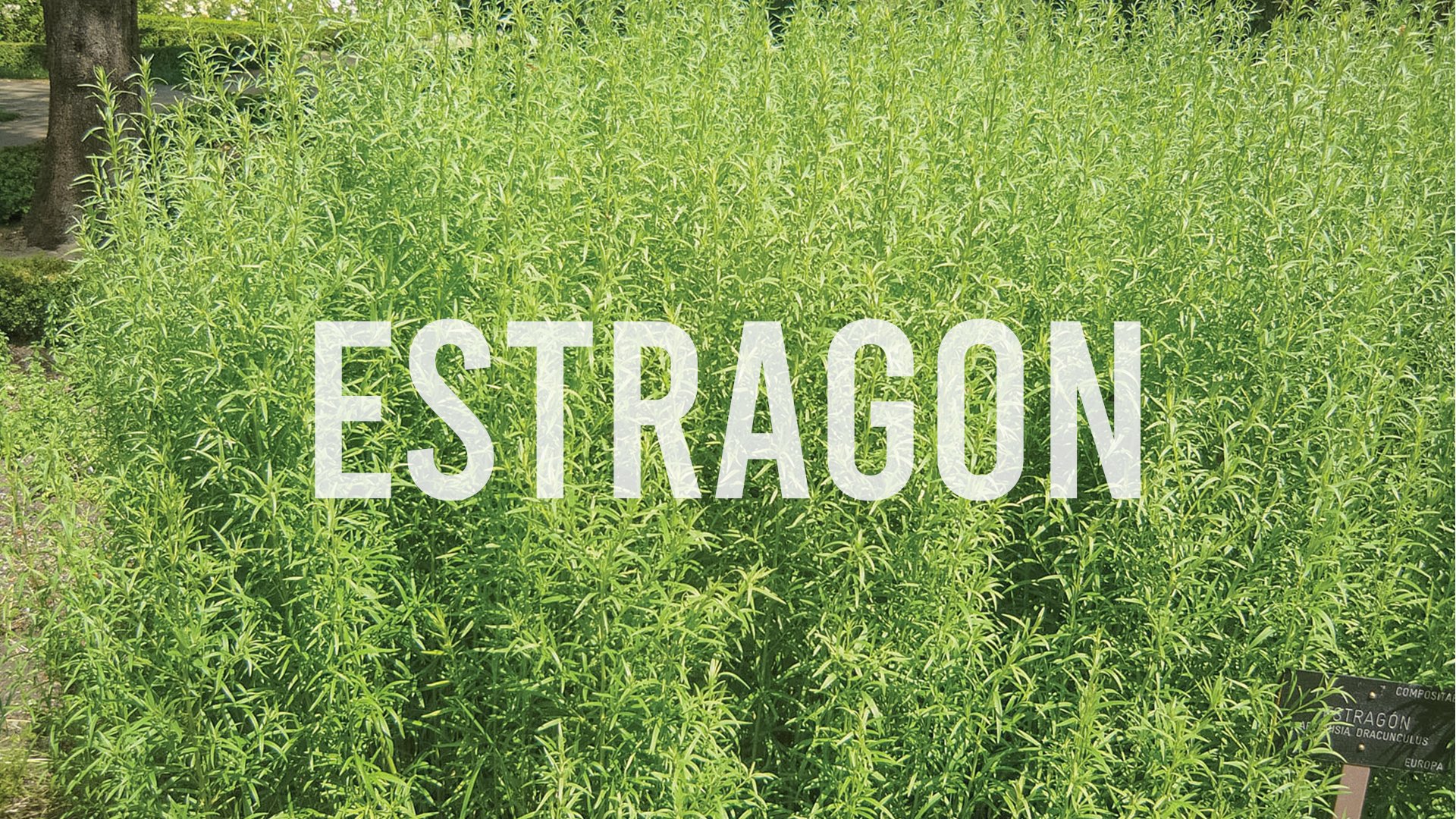ESTRAGON OIL
WHAT IS ESTRAGON?
Natural ingredient for perfumery overview
Botanical Name: Artemisia dracunculus
Artemisia dracunculus oil is also known as Estragon or Tarragon oil.
Unlike most other Artemisia oils, Artemisia Dracunculus essential oil is a sweet and spicy oil.
The plant is a small member of the Compositae family, which grows spontaneously in many European and Asian countries. It is widely cultivated as a culinary herb or domestic spice for its sweet-anse flavor, a bit similar to celery and fresh-green to be used in vinegar, pickles, seasonings, meat sauces, etc.
Olfactive description
Estragon has a green leafy, anise Fennel-like smell.
Terragon oil is a colorless or very pale yellow or greenish-yellow liquid with a sweet-ansy, spicy green, slightly celery smell, very similar to that of fresh grass. Like anise and basil oils, Estragon oil tends to resinize with aging; it becomes dark yellow and sticky, viscous, and loses its fresh green note and pleasant aroma.
Taste 👅: The taste of the oil is sweet and slightly spicy-aromatic, reminiscent of anise and basil with a slight note of celery. A suggested level of use for Estragon oil would be 0.20 to 0.50 mg%, and the Minimum Perceptible about 0.06 to 0.12 mg%. It is interesting to compare the strength of the flavor of this oil with that of synthetic estestragol (= methyl chavicol or para-methoxy allyl benzene). Estragol is the main constituent of estragon oil, and is found in pine oil and American turpentine oil. It is also prepared synthetically. The level of use of estegol is therefore 0.30 to 0.60 mg% and the Minimum Perceptible is 0.06 to 0.12 mg%. These figures do not reveal the big difference in the type of flavor between extragol and extragon oil, but show that natural oil with about 65% extragol compares favorably with pure extragol in flavor strength. Estgol is not, as might be expected, once and a half times stronger than essential oil (S. Arctander)
Uses in Perfumery and Flavors
Estragon oil is useful in traces in chypre-type fragrances, L'origan (Coty) fragrances, fougères, lilac bases, green floral bases, etc., where it blends well with galbanum, lavender, isoeugenol, methyllionone, vanillin, cinnamic alcohol,
The oil is widely used in flavors where it replaces the Herb in the canning industry (sage vinegars, etc.) and for certain types of liqueur flavors.
Adulteration and cutting
Estragole (synthetic or isolated from pine oil) poses a serious threat to the inexperienced buyer of estragon oil.
50% estragole can easily be added to a good estragon oil (along with small amounts of phellandrene and other terpenes). Adulterated oil will show a "shorter life" on a perfume blotter, too much "clean" drying, a lack of herbaceous undertone. A thorough olfactory and organoleptic evaluation will tell the experienced perfumer or aromatizer whether they have before them a true estragon oil or not. Adulteration and "cutting" of this oil is extremely common. The annual production of real oil is just over a ton (S. Arctander).
SOURCES, INFORMATIONS AND BIBLIOGRAPHY
Fulvio Ciccolo, 2021
Perfume and flavor chemicals, S. Arctander, Denmark 1969.
